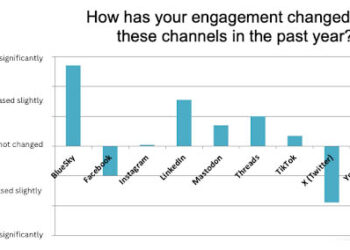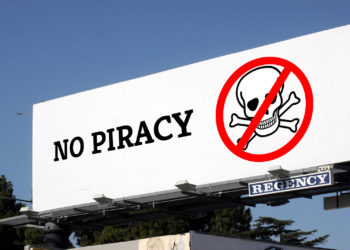
I was asked by Toby Green of OECD Press to deliver a presentation at the June SSP conference in San Francisco. I will summarize that presentation briefly here. The slides have been posted to SlideShare and are embedded below.
“Freemium” is a conflation of “free” and “premium.” Although most people focus on the free part of this, the real emphasis is on the premium side. Freemium marketing is essentially a form of product sampling. Since the marginal cost of bits approximates zero, product sampling is a natural way to entice customers to purchase something from you. Unfortunately, just about everybody has the same insight, so the amount of product sampling makes it hard to break through the noise.
For freemium marketing to be effective, it has to be integrated with the overall marketing plan. How do you get people to come to your Web site in the first place? How do you get them to return? And how do you get them to stimulate others to come to your site (viral marketing)? Once all these steps have been set up, the freemium model could be a good way to seek conversions to paying customers.
There are some examples of this in the slides. I would be interested to hear of readers’ successful freemium programs.
Discussion
5 Thoughts on "Putting Freemium Marketing into Context"
Good presentation, Joe. I would add that many for-profit special interest publishers are using the freemium model very successfully. To my mind, the use of a freemium has one goal: to develop a mailing list of people who are interested in your subject area. The mailing list can then be used to promote all of the other products that you produce; this “opt-in” list is much more valuable than any list you can rent from the outside.
One thing that I don’t believe I saw in your slides is the need to create a landing page for the freemium that is optimized for natural search. Keyword research before the freemium is developed is important: you want to develop a freemium that addresses a topic that a lot of people are searching for. Just publishing a chapter of an existing book is probably not the best strategy for attracting new people to your site. The use of keyword phrases in the title of the freemium along with secondary keyword phrases is also important.
The development of several very targeted freemiums can be a very important part of every marketing plan, but it takes a lot of thought to make it successful. Thanks for sharing your presentation.
Joe how about the sampling of university text books. The challenge in that instance has been controling the sample and contributing to the used book market.
Joe, many thanks again for joining this panel. Kitchen readers might like to know that fellow panellists were Jean-Christophe Peyssard of Open Editions and Bill Park of DeepDyve. My presentations, which includes a case study of OECD Publishing’s own Freemium model, is available on slideshare http://www.slideshare.net/mobile/tobygreen/freemium-publishing-oecd-case-study-ssp-2013
Joe, I’m wondering what your thoughts are on the recently announced “First to Read” program by Penguin (http://www.digitalbookworld.com/2013/penguin-launches-first-to-read-netgalley-for-consumers/).
Its model of selective, early access to forthcoming books strikes me as having potential for a scholarly book publisher who can leverage a preferred customer list to garner word of mouth, especially if paired smartly with a freemium offering for anyone hooked by the any buzz generated out of the early-access program.


